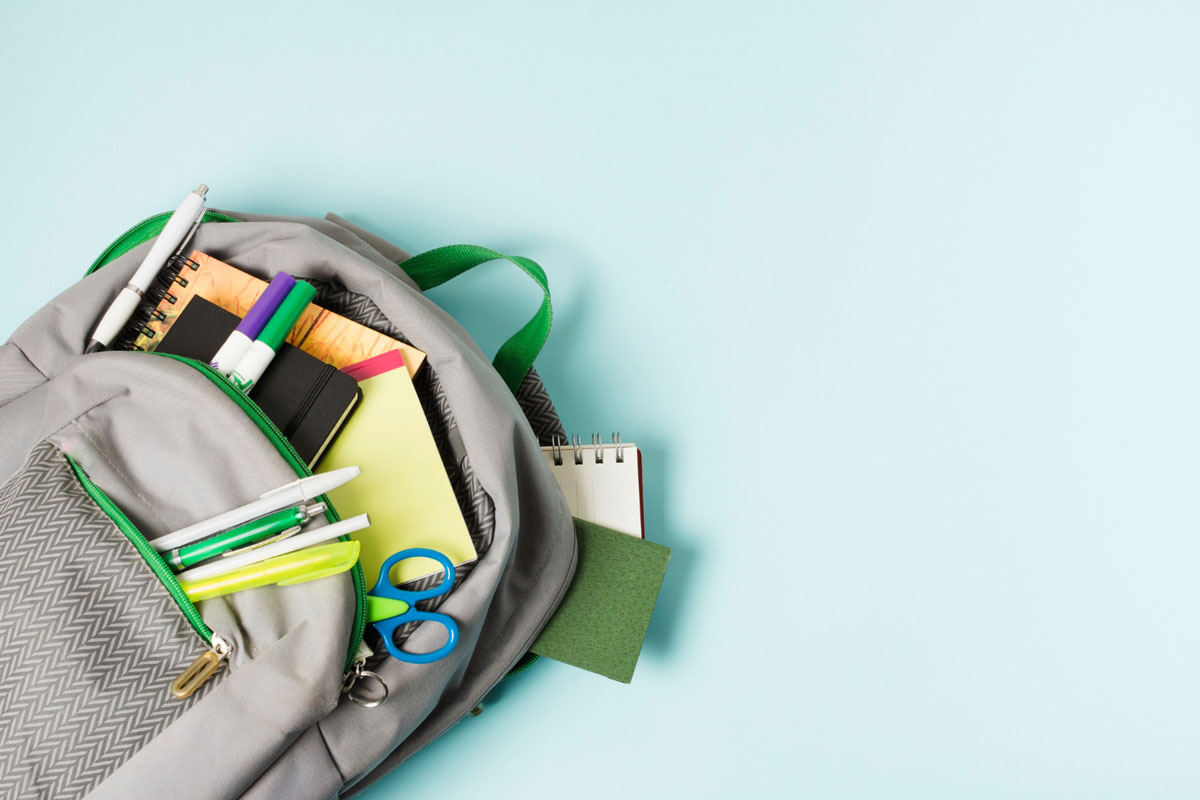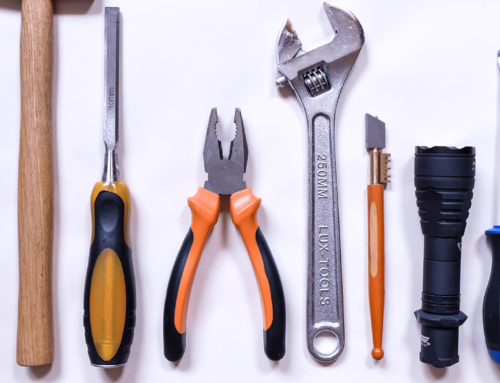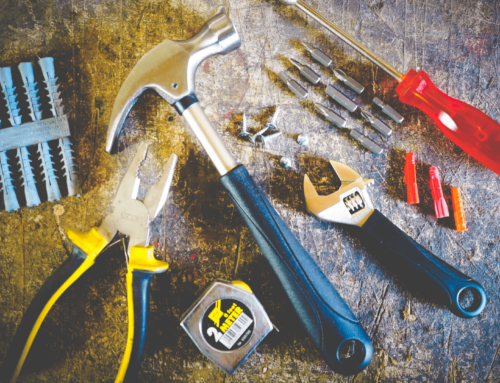Introduction: While the term 'Everyday Carry (EDC)' might conjure images of multitools and flashlights for adults, its core philosophy can be introduced to even the youngest among us. By teaching children the essence of EDC, we're not just giving them tools; we're empowering them with the mindset of preparedness, self-reliance, and responsibility. Here's a comprehensive guide on how to approach EDC for children while emphasizing safety and age-appropriateness.
The Imperative of Early Preparedness:
- Fostering Independence: Introducing the concept of EDC to children at an early age is an excellent way to foster independence. Having their own set of tools or gear, no matter how simple, can boost their confidence and make them feel capable.
- Developing Foresight: Teaching children about EDC also encourages them to think ahead. It cultivates a mindset where they consider possible future scenarios and plan accordingly.
- Enhancing Problem-Solving Skills: When children have tools at their disposal and are taught how to use them, they develop problem-solving skills. Faced with a challenge, they begin to think of ways to use their resources to find a solution.
Age-Appropriate EDC Items for Kids:
- Whistles: A whistle is a simple yet effective tool for emergencies. Whether they need to signal someone during an outdoor activity or draw attention in a tricky situation, a whistle is easy to use and effective.
- Personal IDs: Equip your child with a laminated card or a wristband containing essential information such as their name, home address, and emergency contact numbers. This aids in identification during unforeseen circumstances.
- Mini First Aid Kits: While a child doesn't need a comprehensive first aid kit, a mini version with essentials like band-aids, antiseptic wipes, and a mini tube of antiseptic cream can be handy.
- Notebook & Pencils: Great for jotting down observations, drawing, or even noting down important information.
Educating on Safe Tool Usage and Fostering Responsibility:
- Guided Demonstrations: Before handing over any EDC item to your child, demonstrate its proper use. Children learn best when they see and do, so let them try using the item under your supervision.
- Safety First: Emphasize the importance of safety. This is especially true if you introduce them to tools with sharp edges or items that can pose potential risks. A clear understanding of what not to do is as crucial as knowing what to do.
- Instilling a Sense of Responsibility: The purpose of EDC isn't just to have items on hand but to use them responsibly. Talk to your children about the importance of caring for their tools, using them appropriately, and understanding the responsibility that comes with carrying certain items.
Conclusion:
Introducing the EDC philosophy to children is more than equipping them with tangible items. It's about molding a mindset – one that prepares them for life's unpredictable adventures, fosters responsibility, and emphasizes safety. When done right, children's EDC can be a stepping stone to nurturing well-rounded, proactive, and thoughtful individuals ready to face the world's challenges.



